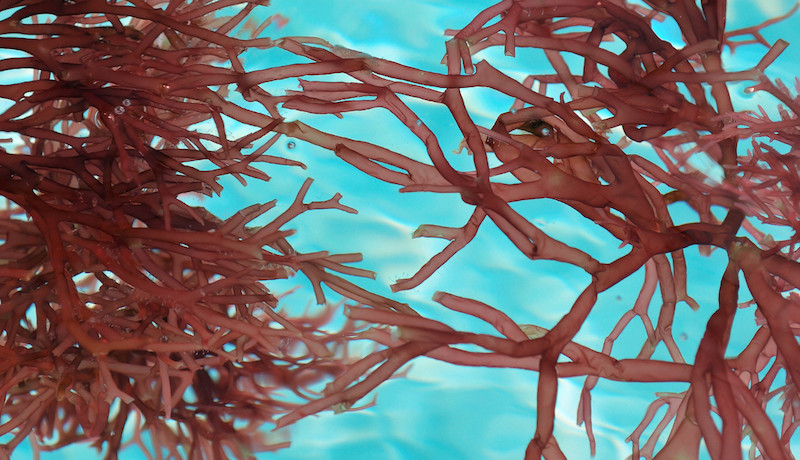Seaweed: just what your battery needs?
on

Lithium/sulfur batteries offer interesting possibilities for application as a cheap energy source with large power density for mobile and stationary applications. The advantages of this technology are that the raw material (sulfur) costs almost nothing and that the capacity to store energy is much greater than that of a lithium/ion battery. The big problem, however, is that the capacity reduces quickly. Researchers from the Lawrence Berkeley National Laboratory (Berkeley Lab) have, however, made an unexpected discovery that can change this.
The team, under the leadership of Gao Liu, discovered that carrageenan (which is extracted from seaweed) can function as a stabilizer in lithium/sulfur batteries. Increased stability makes a larger number of charge/discharge cycles and a longer life possible.
Currently, rechargeable lithium/sulfur batteries are already being used on a limited scale, but the 'fatal' problem is that the sulfur begins to dissolve, which results in what is called the polysulfide shuttling effect (where polysulfide ions migrate back and forth between the electrodes). In an attempt to find a solution to this problem, Liu experimented with a synthetic polymer as a binding agent in order to keep all the active materials in a cell together.
A binding agent can be considered a type of glue, and normally battery manufacturers want an inert binding agent (that is therefore chemically inactive). However, the binding agent that Liu used, reacts immediately with sulfur, and thereby prevents the sulfur from dissolving. When searching for a naturally occurring material with the same properties, the team working with Gao Liu arrived at carrageenan, a thickening agent that is used in, for example, ice cream and yogurt, and that is derived from red seaweed – and works just as well as the synthetic polymer.


Discussion (0 comments)